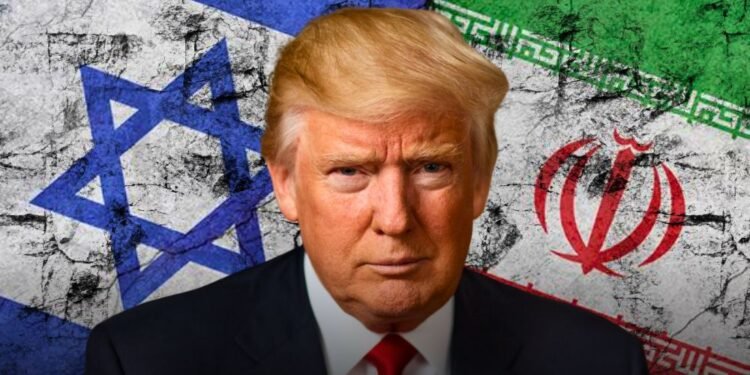The Middle East is once again on fire — this time with more precision-guided missiles, collapsed peace talks, and one very split-screen U.S. foreign policy.
As Israel and Iran trade some of the deadliest strikes in years, the United States is playing two roles at once: Israel’s military wingman and Iran’s reluctant pen pal. It’s a juggling act with nuclear consequences.
Israel launches full-frontal assault — and kills top Iranian generals
Israel kicked things off with Operation Rising Lion, a military blitz that looked more like a declaration of war than a “preemptive defense.” Over 200 Israeli fighter jets struck nuclear and energy sites across Iran, wiping out facilities in Natanz and the South Pars gas field.
Among the dead? Two of Iran’s most senior military leaders — IRGC General Hossein Salami and Chief of Staff Mohammad Bagheri — plus nine nuclear scientists.
The strikes also targeted Iran’s economy and civil infrastructure, triggering internet blackouts and panic gas station runs in major cities. Thousands fled urban centers like Tehran and Isfahan. Israel says it was necessary — a final push to stop Iran from crossing the nuclear weapons threshold. Iran says it’s war.
Iran fires back — and civilians pay the price
Tehran’s retaliation came fast: over 270 ballistic missiles and drones rained down on Israeli cities including Tel Aviv, Haifa, and Petah Tikva. A June 16 attack torched Haifa’s port and a power plant, knocking out electricity and killing at least 13 civilians, five of whom were Ukrainian nationals.
Inside Iran, the death toll is even worse: 224 dead, 1,400 injured, and a civilian population left exposed due to lack of shelters or air-raid systems. Many Iranians are relying on social media alerts to survive missile strikes — a grim reality in a country unprepared for modern warfare.
Trump rejects assassination plot, tries to play peacemaker
President Donald Trump reportedly rejected an Israeli proposal to assassinate Ayatollah Ali Khamenei, instead pushing a dual-track plan: defend Israel, but dangle diplomacy.
The U.S. has helped intercept Iranian missiles (with help from the UK, France, and Jordan), but has stayed away from Israeli offensive operations. Meanwhile, Trump tried to revive nuclear talks in Oman — only for them to fall apart after Iran pulled out, citing Israeli attacks.
Now, Trump faces pressure from both sides: pro-Israel hawks demanding stronger U.S. involvement, and foreign policy moderates warning of regional collapse. With 40,000 U.S. troops stationed nearby, the risks are sky-high.
Wider war looms as Gaza, Yemen, and oil markets react
This isn’t just a two-player game anymore. Israeli strikes have hit Houthi rebels in Yemen, and 65 Palestinians died in Gaza in a single day of violence. The war is spilling beyond borders.
Oil markets are already reacting — with prices jumping 1% to $75/barrel and warnings that a shutdown of the Strait of Hormuz could send prices skyrocketing another $8 to $31 per barrel.
Meanwhile, tensions between Trump and Netanyahu are surfacing. Netanyahu wants full-throttle war; Trump wants a “win” through diplomacy. But with missiles flying and alliances strained, it’s unclear if anyone’s in control anymore.











